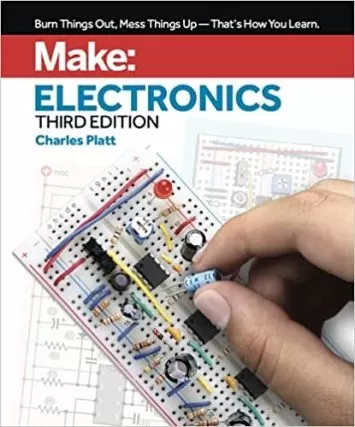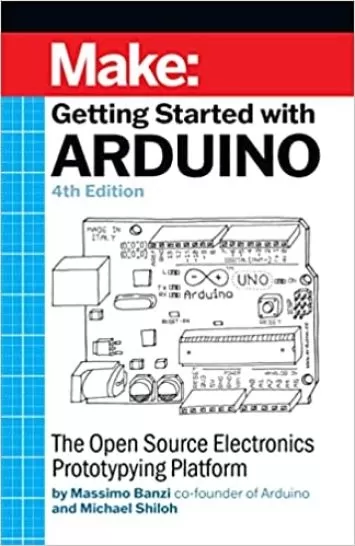About RoboticsLearn More
Robots are an inexorable part of the modern world. Whether they are being used to streamline manufacturing, drive cars, or clean homes, robots are being used in almost every industry. Learning how to program them is a great way to invest in your future.
Sort by:
Sorting
The newest
Most visited
Course time
Subtitle
Filtering
Courses
Subtitle
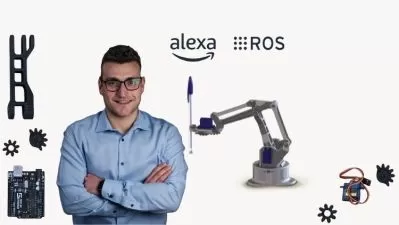
Udemy


Antonio Brandi
Robotics and ROS - Learn by Doing! Manipulators 14:17:52
English subtitles
04/29/2024
Subtitle
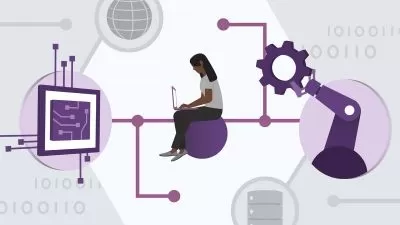
Linkedin Learning


Anil Gupta and Haiyan Wang
Digital Technologies Case Studies: AI, IOT, Robotics, Blockchain 43:32
English subtitles
03/13/2024
Subtitle
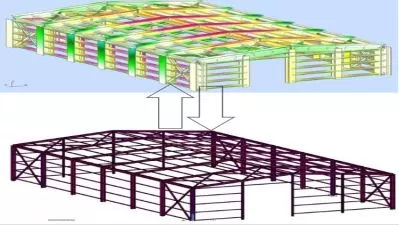
Udemy


Creative Engineering Center
Robot and Advance Steel from scratch(Under construction) 8:47:50
English subtitles
03/04/2024
Subtitle
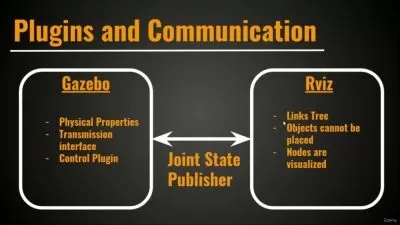
UdemyROS Ultimate guide for Custom Robotic Arms and Panda 7 DOF
4:57:52
English subtitles
03/04/2024
Books
Frequently asked questions about Robotics
Robotics is the design, development, and utilization of machines and machine systems that perform a function or task that previously required a human being. While people often think of robots that look similar in shape and size to humans, robots can be significantly different, from small mobile vehicles and drones to mechanical arms that can grasp, move, and manipulate objects and tools. Robotics encompasses electronics design, mechanical engineering, and complex computer programming. Common applications of robotics are found in manufacturing, especially in repetitive or hazardous situations that could be life-threatening for human beings. Robots are also involved in everything from helping with home maintenance, chores and upkeep, performing surgery, automated transportation, and even as human companions.
The five major fields of robotics are operator interface, mobility, manipulators and/or effectors, programming, and sensing. The first, operator interface, is essential because a robot must have a system designed for receiving instructions and communicating with the user. Mobility covers ways movement can be achieved by robots. Techniques for this include wheels, appendages, and even propellers. The third field, manipulators and effectors, refers to how robots may interact with objects around them. These components may hold tools or act as tools to complete a function or task and can require complex engineering. Fourth, there is programming, which controls the parts and components of a robot based on the commands from the operator interface. The fifth field, sensing, provides a robot with information about the surrounding environment in order to interact with it appropriately. Cameras, microphones, and other types of sensors can analyze the immediate surroundings and detect changes.





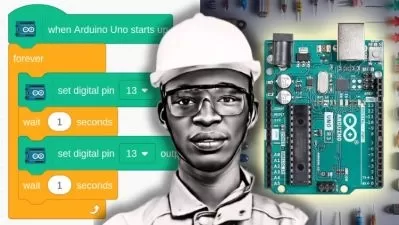

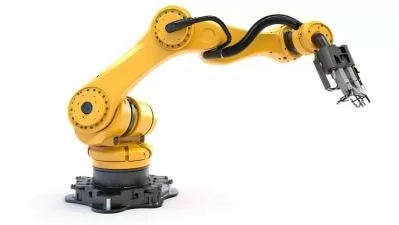

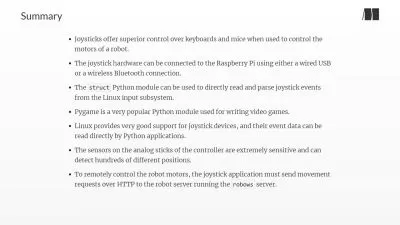
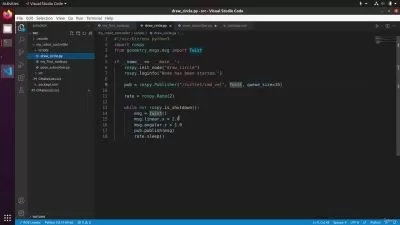
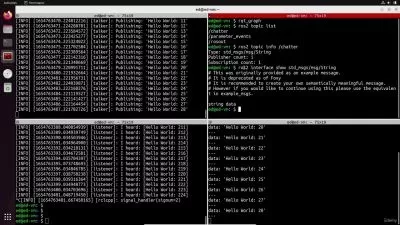
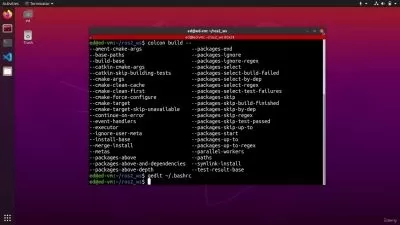

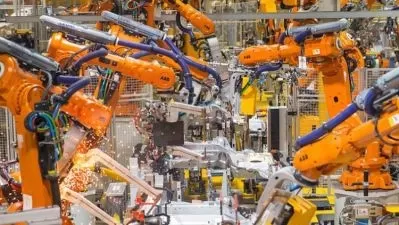


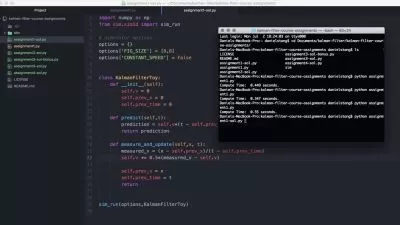

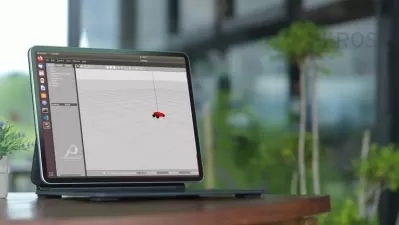

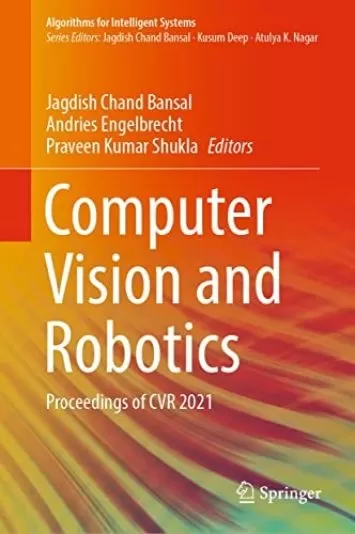







![BEGINNING AI BOT FRAMEWORKS: GETTING STARTED WITH BOT DEVELOPMENT [Paperback] Biswas](https://traininghub.ir/image/books/books/1070-355x.webp)

